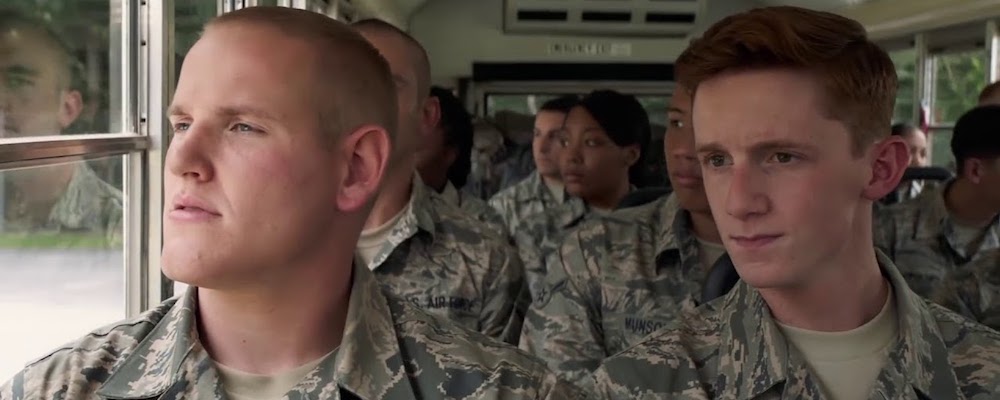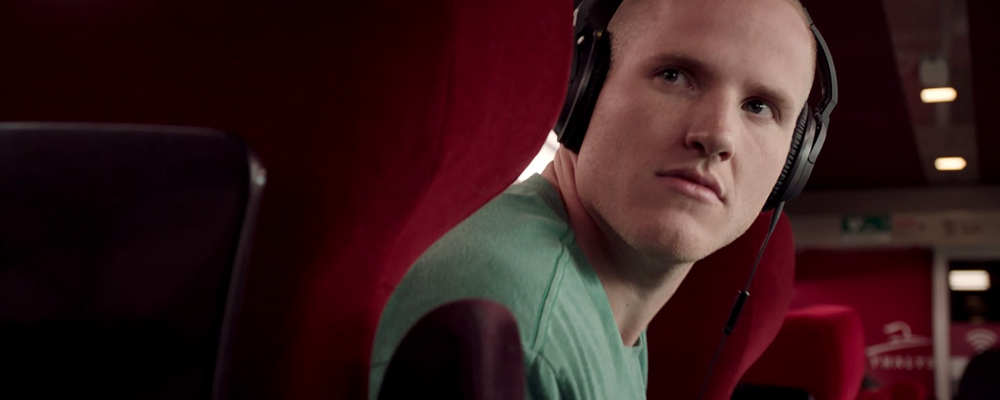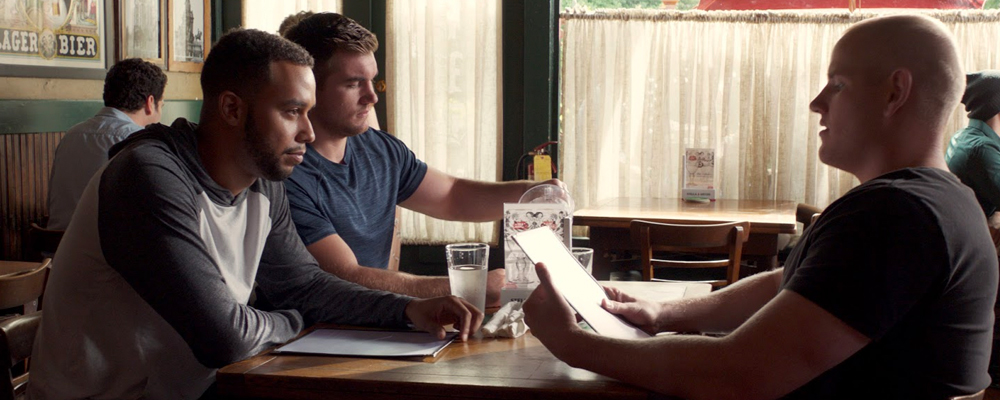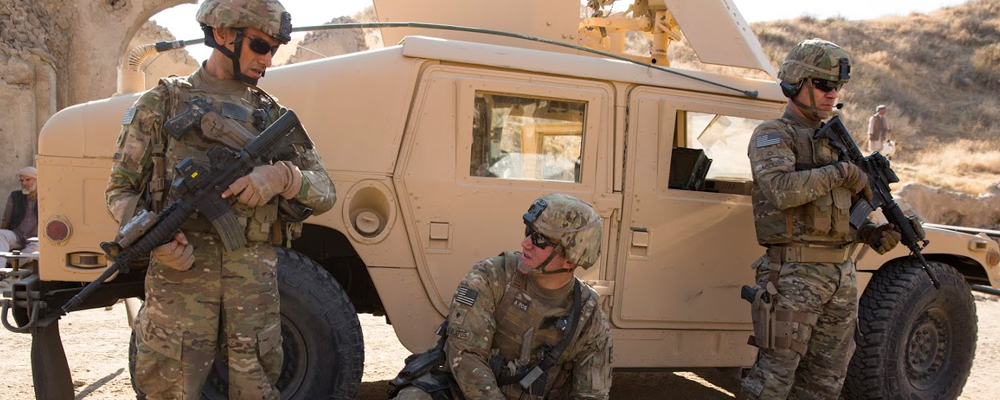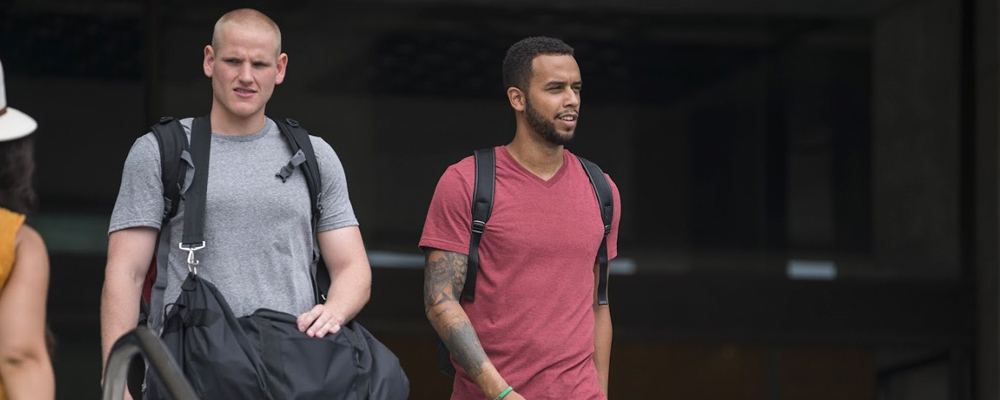Clint Eastwood’s ‘The 15:17 to Paris’ Turns an Interesting Story Into an Anticlimactic Ride
Alci Rengifo
Clint Eastwood is becoming a director curiously trapped outside of time. His latest offering, “The 15:17 to Paris,” is a flat take on a true story which struggles with how to tell it. It wants to be a romantic vision of American goodness, hip travelogue and terrorist thriller all at once. Eastwood is so wrapped up in wanting to celebrate heroism for its own sake that none of the pieces ever quite fit into a fulfilling, convincing story. Tension is lost because the villain simply appears without motive or identity, and while the main characters can indeed become quite likeable, they are never allowed to become anything other than superficial symbols for Eastwood’s ideals.
The movie recounts the events of August 21, 2015, when three American tourists in route to France who subdued a Moroccan gunman, Ayoub El Khazzani, on board a train headed for Paris. The three friends, Spencer Stone, Alek Skarlatos and Anthony Sadler, play themselves in the movie. Eastwood follows them from childhood to that moment on the train. They meet in middle school, where Spencer and Alek (played by Will Jennings and Bryce Gheisar) are a headache for their public school teachers and moms (played by Judy Greer and Jenna Fischer). Eventually they get transferred to a Christian school where things don’t turn out much better. But they strike a friendship with Sadler (Paul-Mikél Williams), who is just as rebellious. Now as adults, Spencer joins the air force and realizes he’s a bit of a klutz, Skarlatos becomes a National Guardsman but feels boredom and Sadler enrolls in college. They decide to put resources together and go on a European trek for the summer, hitting all the hot spots in Italy, Amsterdam and eventually Paris. They have no way of knowing that Khazzani (Ray Corasani) is getting on their train, armed.
The challenge of turning this story into engaging cinema is that there isn’t much to the climax. While the experience of facing a gunman anywhere is without a doubt harrowing, Khazzani was (thankfully) immediately taken down before he could inflict greater damage. How this man decided to carry out an attack, or what his motivations even were, would make for an interesting narrative. Instead Eastwood turns the villain of his story into a mere, silent stereotype. Never does Khazzani utter a single word, he is simply an armed Arab with a few minutes of screen-time. In Paul Greengrass’s “United 93,” the story of one of the 9/11 hijackings is turned into a visceral experience by keeping the narrative inside the plane. We get to know the characters within their traumatic experience. But Eastwood is approaching this story with a politically conservative mindset, caring little for the contexts of the main clash, instead opting for a superficial approach that can sometimes border on being overwrought (a final shot features a voiceover reciting the lines “Lord, make me an instrument of your peace”). On a smaller scale this movie recycles the spirit of Eastwood’s 2005 hit “American Sniper,” particularly in the way it trades in substance for fawning over military culture and iconography. The issues in his movies, like the Iraq War, and here terrorism, are just background to a praising of masculinity. We never get to know much about the three friends except that they hang out together, clink beers and occasionally say they feel something big will happen soon.
But before the story even gets to the terrorist attack, it plays like a low-key travelogue where we simply follow these guys from one life moment to another. Eastwood made a bold choice in having the actual three friends play themselves. The experiment is interesting because we are watching the people who actually lived this re-enact it. But it also flops because these are simply not professional actors, and their less than stellar skills, combined with Eastwood’s notorious habit of shooting fast with few takes, make for moments where nothing feels authentic. Lines are delivered with a terribly stilted tone. Where the trio shine are the moments where little acting is necessary, such as when they party in European night clubs or tell jokes. The best of the three is Spencer, who has some likeable moments as a klutz who can’t ever seem to get anything right either at home or the military. The screenplay by Dorothy Blyskal can make him quite relatable. She wisely avoids giving any of the three long monologues.
“The 15:17 to Paris” might have worked better if it had just been a straight thriller. At a 94 minute run time, the shots of the train still seem to be moving faster than the movie. Eastwood seems to be a filmmaker who wants to say something, but what it is doesn’t amount to much.
“The 15:17 to Paris” opens Feb. 9 in theaters nationwide.

